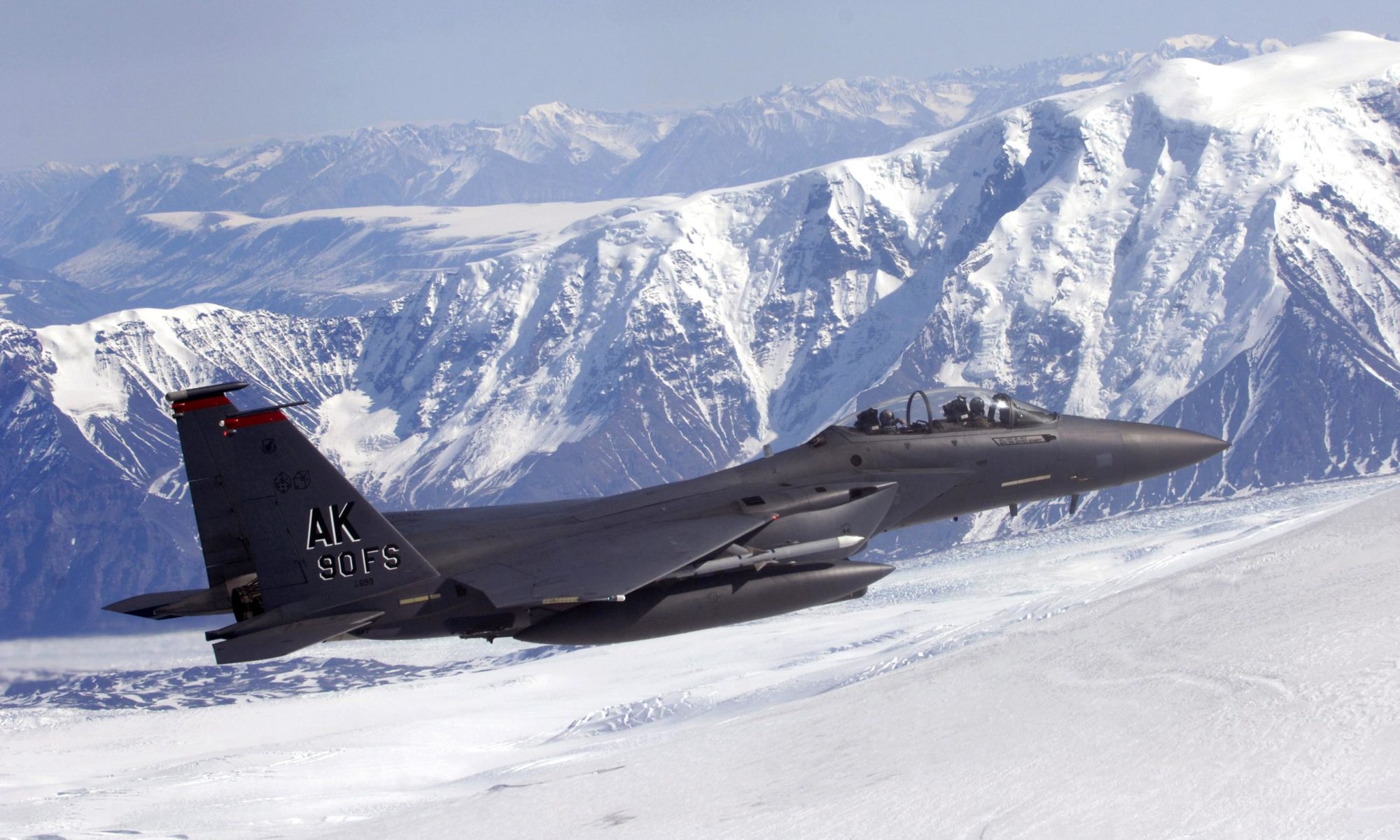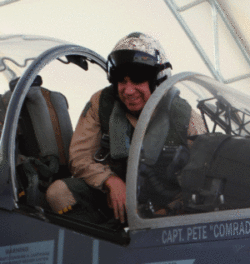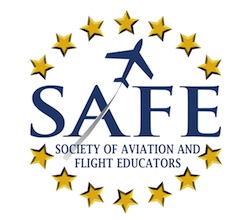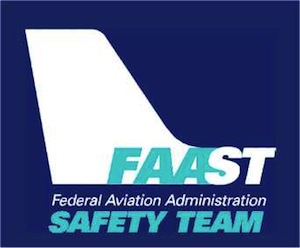It doesn’t matter what source you reference, the data is still the same. Statistical analysis of pilot-related aircraft accident causes point to the same six areas of operation; fuel management, weather, takeoff and climb, maneuvering, descent and approach, and landing. If you grouped all of these accidents together they would make up approximately 70% of all accidents. Over the last ten years, the statistic of pilot-related accidents has remained near 70% of the total accidents. The irony is that most, if not all, of these accidents were preventable at some point. So the question is why? Are instructors missing something in the training process? Do we focus so much on maneuver accomplishment that we fail to emphasize the other related areas to the maneuver? Are we really striving to get to the correlational level of learning? Do we need to re-focus on what should be required for a pilot certification? Is it a lack of education or a focus on the wrong material? Could it be the inability to accurately assess personality types and educate students based on those observations? It seems like all of these areas may have something to do with this statistically high cause of aircraft accidents. But it all comes back to the individual and the way they choose to view, and respond to, every situation.
No Greater Burden
Recently Russ Jeter contacted AOPA to tell about an experience he encountered that claimed the life of his son. I admire Russ for coming forward to tell other pilots about his experience. His hope is that others won’t go through what he went through – that’s why he is telling his story. I believe everyone who listens will relate to what he has to say. Please watch his recounting of this unfortunate tragedy and what he has learned from it. As you do, reflect on what he has to say and see if anything rings true with your approach to aviation safety and the human aspect of aviation. Thanks Russ for telling your story. Godspeed to you and your family.
Professionalism
I ran across an article this morning that inspired me, once again, to be the best in everything I do. I realize I may not be the “best”, but I can give everything I have in whatever I attempt. An a teacher and flight instructor, it is important for me to set the bar high for my students. At the same time, I should model the standard I expect others to live up to. When it comes to aviation, we must run from complacency and always be looking for ways to better ourselves in the cockpit. We should also hold each other to a higher standard; flight safety will improve if we can all do this. I hope you enjoy the article titled “PROVIDING LEADERSHIP IN THE AFGHAN WAR: IN THE WORDS OF A USMC HERO“.
Motivation – Student’s Need; Instructor’s Challenge
All students have some level of motivation when seeking flight training. It’s up to the instructor to determine the level of student motivation and figure out the best way to either maintain or increase the student’s motivation to fly.
The challenge for the flight instructor is to determine why the student wants to fly; what motivates this pursuit? There are countless factors that play into the motivation of individuals who pursue the dream to fly. It could be a curiosity about flight; or the perception of how useful it could be; or something to be conquered; or the status it will project to others. The bottom line is that different things motivate all students, and each student brings a different level of motivation to the table.
Continue reading “Motivation – Student’s Need; Instructor’s Challenge”
ICON A5 Light Sport Aircraft
A trip to the ICON aircraft company recently proved to be very interesting. This company is taking advantage of the new Sport Pilot initiative to bring more people into the aviation family with the innovative design of their ICON A5 sport aircraft. The Sport Pilot certification has some limitations such as day time flying only and remaining out of the clouds at all times, but that is fine with ICON; their idea is for individuals to have fun again in aviation but do it more simply, and preferably in the ICON A5.
The FAA Knowledge Test Mystery – Part 2
I recently returned from OKC where I was part of a group of educators and industry personnel who met with personnel in AFS-630 (Airman Testing Standards Branch) for two days. Those present were representatives from AFS-630, AOPA, NAFI, Liberty University, Embry-Riddle Aeronautical University, Western Michigan University, University of Oklahoma, and the Professional Aviation Board of Certification. The reason for this meeting was to discover the reason of a sudden, and drastic drop in the pass rates of the Fundamentals of Instruction (FOI) examination.
SAFE Pilot Training Reform Symposium
I recently attended a two-day event where the Society of Aviation Flight Educators (SAFE) chaired a landmark gathering of major general aviation stakeholders to discuss lack of growth, decreased student start, increased student attrition, and flat accident rate trends vis-à-vis our current flight training system. This meeting was organized because of a study by AOPA, The Flight Training Experience, that showed some alarming statistics; approximately 80% of the people who begin aviation training stopped their training either prior to obtaining their private pilot certificate or shortly thereafter; student starts in aviation training are down by 60%; and Private Pilot Certificates issued are down by 75%. In addition, despite all of the advances in technology, the general aviation accident rate is essentially the same as it has been for the last 10-20 years.
There’s An [Aviation] App for That!
Technology in aviation has enabled pilots to do more on mobile devices than ever before. Whether it is an iPhone, Android, Blackberry, iPad or some other enabled device, pilots can get more done at the touch of a button. There are many apps available, but here are a few that I have found to be very useful.
The FAA Knowledge Test Mystery
Recently there were significant changes to the FAA Fundamental of Instruction knowledge test question bank (as well as the ATP and Flight Engineer). This change significantly affected the permanent FAA records of many who took this new test – the tests scores were significantly lower to include a record number of failures. The entire aviation community wanted to know why. Both the number and type of questions added to the test were significant. The release of these questions also came as a surprise to us as well. The questions that immediately came to my mind was “is this what the rest of the tests are going to be like?” and “what in the world are they trying to accomplish?” I was also concerned about the 300 plus students in Liberty’s aviation program; where these tests going to keep them in the chocks?
2011 FAA Safety Standdown
Safety Standdowns can be a good idea, but only if you take advantage of what they are designed to do. Many times in my previous life (military), aircrew would complain about taking a down day to talk about safety related topics. Instead, we would rather be flying; after all we had a great safety record. But thanks to our hard working safety staff, they were able to focus our attention on critical areas that resulted in us maintaining a pristine flying safety record. We emphasized the positive things we did and examined the areas that needed improvement. These times of slowing down and taking a hard look at the way we did business caused me to be more safety conscious in every area of my flying career. That’s why I am a fan of Safety Standdowns; I really hate hearing about accidents that could have been prevented and this time of reflection may have prevented one or more news stories of the unfortunate kind.









